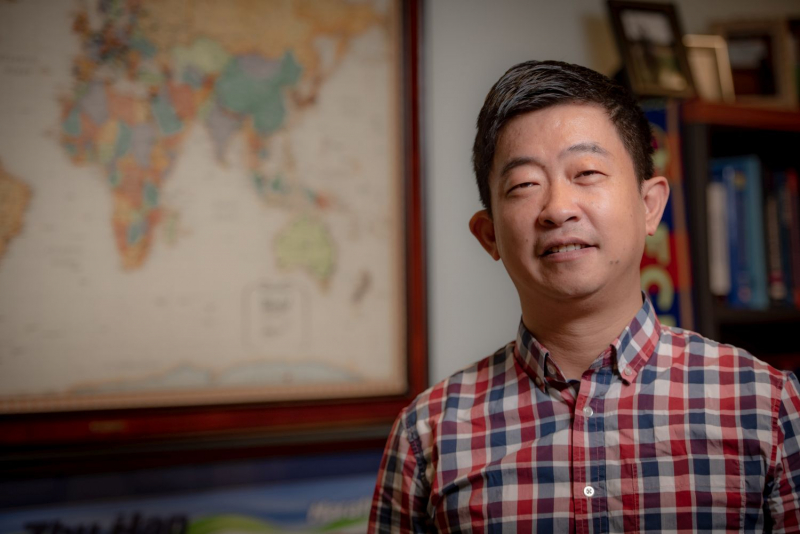A professor at the University of Houston's Cullen College of Engineering has received a substantial grant from the National Science Foundation to support his research into improving the energy and spectrum efficiency of wireless networks.
Zhu Han, Ph.D., Moores Professor of Electrical and Computer Engineering and a fellow of the IEEE and AAAS, is the author of the research grant proposal, “Nonlinear and Inseparable Radar And Data (NIRAD) Transmission Framework for Pareto Efficient Spectrum Access in Future Wireless Networks.” The proposal was accepted and provided $249,999 in funding under the NSF's SWIFT initiative – Spectrum and Wireless Innovation enable by Future Technologies.
According to the abstract written by Han, “The study devises a nonlinear and inseparable radar and data (NIRAD) transmission scheme, in which the functions of communications and radar sensing are integrated in the same waveform and use the same hardware. In contrast to linearly superimposed communications and radar sensing, the NIRAD scheme integrates both functions in an inseparable manner, thus allow each to fully exploit the resources of the other.”
The NIRAD technique is applicable to various practical systems, such as high-definition maps in autonomous driving, space-terrestrial communications and reconfigurable intelligent surfaces, by improving the efficiencies of bandwidth, power and hardware, according to the abstract. The proposed algorithms and protocols will be tested using software simulations and field experiments based on a 5G testbed.
“We are trying to unite wireless communication and sensing together utilizing cross-disciplinary research in future 5G, 6G and beyond networks,” Han said. “Typically communication and sensing tasks are separated using different resources, while this proposal proposes to jointly utilize the resource to conduct both jobs.”
Han noted that he is still deciding student assignments for the research, which will likely come from his ECE 4117, 5397, 6331, and 6333 classes. The research is estimated to take place during the next three years. For more information on his lab's research, visit the web page for the Wireless Networking, Signal Processing and Security Lab here.
